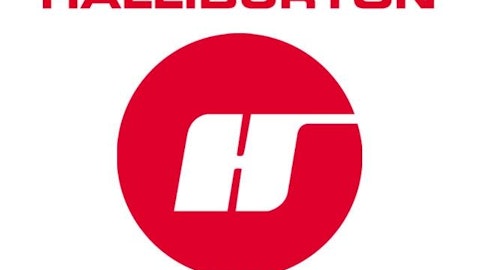Last summer I had the opportunity to sit in on a small business round table with the state director for Sen. Pat Toomey of Pennsylvania. His state director had a lot to say about the economy and especially about regulations. He also had some pointed words for the EPA, with the most eye-opening comments being about coal.
For those of you who don’t know, Pennsylvania is a coal state, although more recently it has begun to tap into the massive natural gas resources of the Marcellus Shale. That being said, coal is still important to the state’s economy, and in the view of the senator, the EPA was overstepping its bounds and hurting the industry. He said: “[We] now ship coal to China to burn in plants using 1890’s technology while we are forced to close plants there in the U.S. because they are using 1990’s technology.”
Let that statement sink in for a moment. While there certainly are some politics behind it, the truth of the matter is that coal-fired power plants in China are not as advanced as those operating here in the U.S. Is it now any wonder why China’s recent air pollution scores are off the charts? In fact, the region’s air pollution measured a score of 755 on the air quality index, with 300-500 considered as dangerous.
The problem is not likely to go away any time soon, especially in light of the fact that China accounts for half of the world’s coal usage. In fact, the country is increasing its use of coal, with imports becoming more vital. Last year China set an all-time high with 289 million tonnes of coal being imported, a 30% rise over the prior year. The country is in the midst of one of its coldest winters in nearly 30 years, which has led to an increase in electricity generation with a coinciding drop in coal stockpiles. Still, given the pollution problem isn’t it about time the country joined the U.S. in switching away from coal?
It’s not like the country doesn’t have the reserves; in fact, it’s third in the world in terms of recoverable natural gas reserves. The problem is that a bulk of those reserves are found in unconventional sources such as shale, coal-bed methane, and tight gas formations. These are more expensive to extract than from conventional sources.
Unfortunately for China, its difficulties in extracting that gas run deeper than just the costs of extraction. One of the keys to hydraulic fracturing is of course water, lots and lots of water. With most of China’s gas found in more arid climates, this limits the country’s ability to exploit these resources with current extraction technologies. Of course where there is a will, there will be a way.

Schlumberger isn’t the only oil-field services company working on the problem. Baker Hughes Incorporated (NYSE:BHI) has its own strategic partnership to set up a research center for unconventional energy in China. In addition to this, the company and its Chinese partner will invest in the development of technologies and solutions specific to China’s unconventional hydrocarbon market.
Not to be outdone, Halliburton Company (NYSE:HAL) has its own operations in China, with software sales an important area to watch. One of the keys for China’s ability to exploit its unconventional resources will be its ability to use computer simulations to map out the physical properties of its shale deposits. This will help the country’s producers best exploit the resources that lie beneath.
All of these companies are working toward one ambitious goal: The country wants to produce 6% of its energy from shale gas by 2020. That’s up from virtual no energy produced from shale gas in the past year. If this is successful, it could put a dent in U.S. coal exports as well as exports of coal from Australia.
While that is a long way off, it is something that investors in Peabody Energy Corporation (NYSE:BTU) should keep an eye on. Not only does the company export some of its U.S.-mined coal to China, but the company also digging up revenue in the land down under. Those Australian operations have the company targeting 11 million-12 million tons of seaborne thermal coal sales this year. Though, these activities are likely to keep growing. China is several years away from being in the same position that we are in the U.S., where it can shut down coal-fired power plants and replace them with those burning cleaner natural gas.
The pollution situation in China should at least make it more apparent that the country needs to get serious about fixing the problem. Its vast shale resources offer an obvious solution, but one that will take vast sums of capital and ingenuity to exploit. In the meantime, the country has a lot of hurdles to overcome before widespread conversion to natural gas becomes a reality.
Peabody Energy has a lot at stake if and when China begins this transition
That’s one reason why investors in Peabody Energy will likely continue to do well. The company has deals in place to get its cheaper coal from the Powder River and Illinois Basins to India, China, and the EU. For investors looking to capitalize on a rebound in the U.S. coal market, The Motley Fool has authored a special new premium report detailing exactly why Peabody Energy is perhaps most worthy of your consideration. Don’t miss out on this invaluable resource — simply click here now to claim your copy today.
The article Will Chinese Pollution Lead to Coal-to-Gas Switching? originally appeared on Fool.com and is written by Matt DiLallo.
Fool contributor Matt DiLallo has no position in any stocks mentioned. The Motley Fool recommends Halliburton.
Copyright © 1995 – 2013 The Motley Fool, LLC. All rights reserved. The Motley Fool has a disclosure policy.





